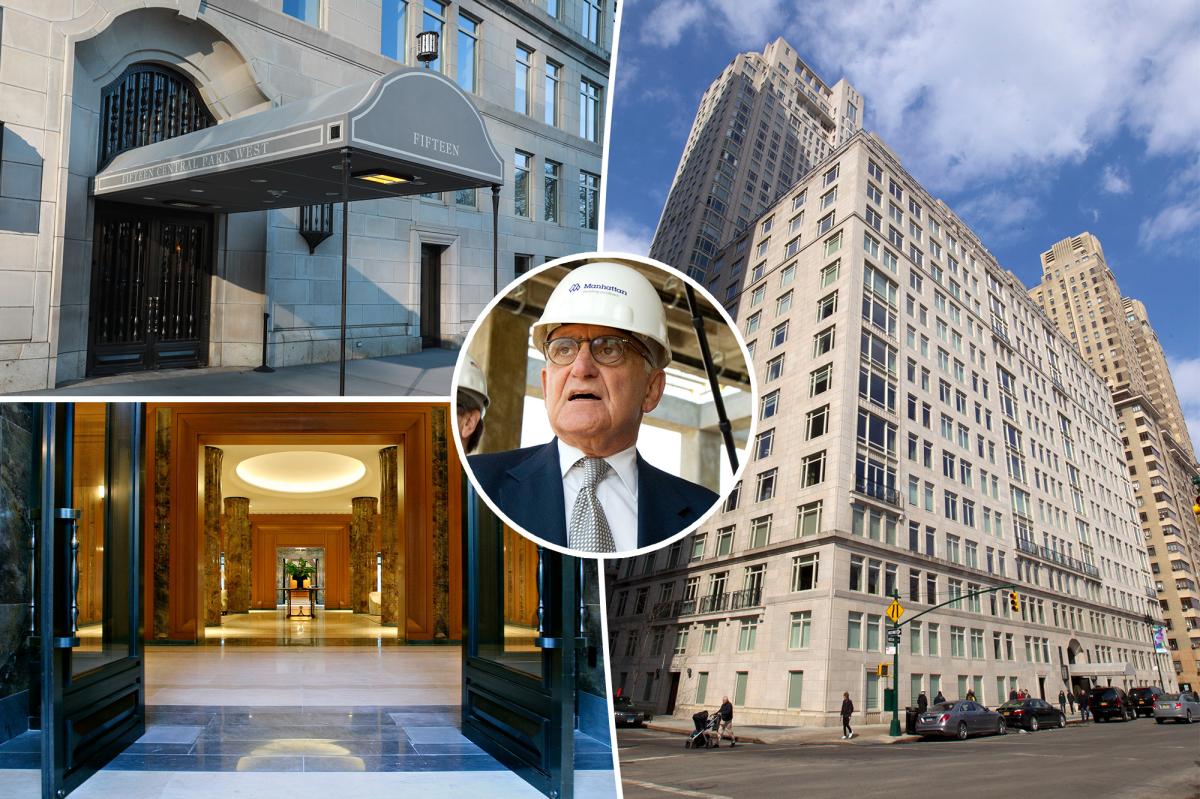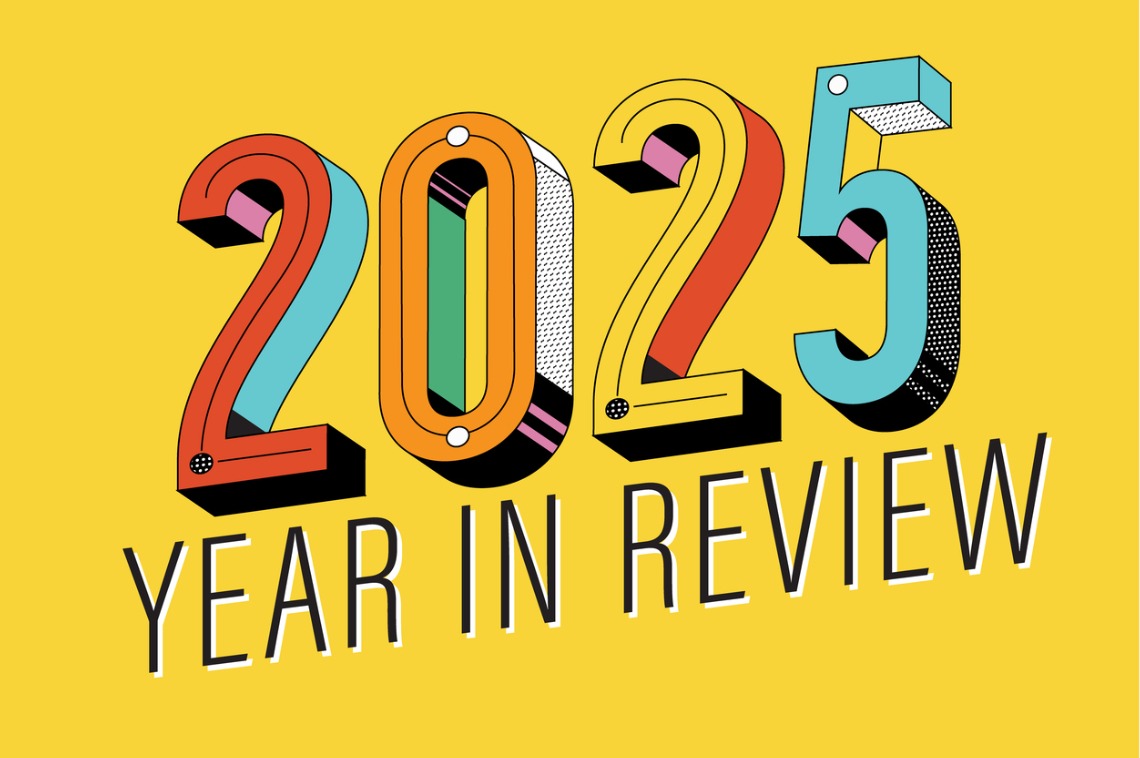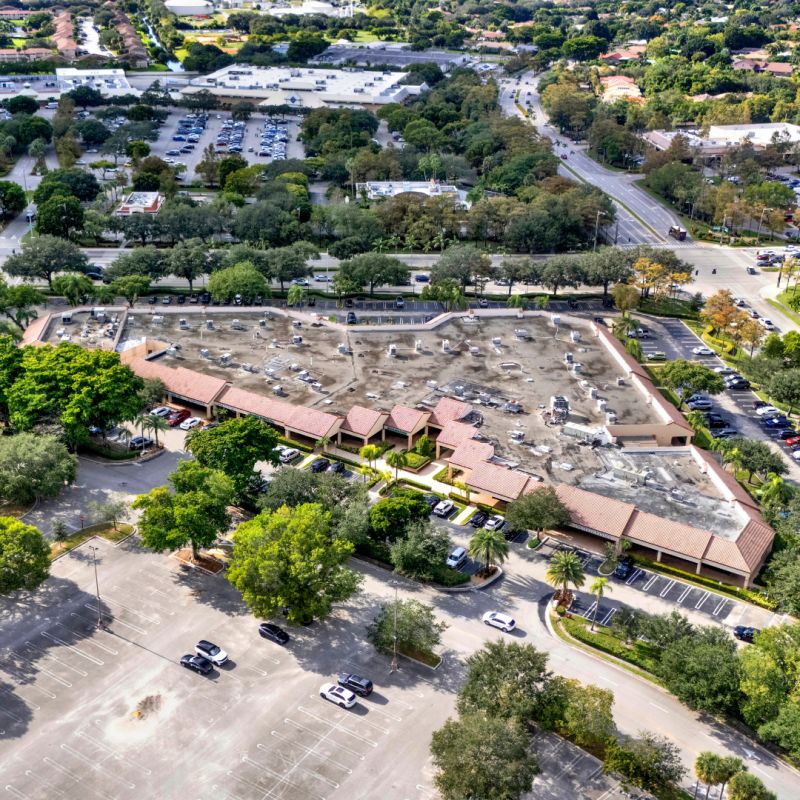T
he interplay between macroeconomic forces and localized real estate dynamics has long been a fertile ground for investment opportunities. In 2025, Jackson Hole's luxury real estate market is emerging as a compelling case study in how shifting Treasury yields and evolving supply conditions are creating a rare alignment of risk and reward. For investors with a long-term horizon, this convergence offers a window to capitalize on a market that is both resilient and recalibrating.
The 10-year Treasury yield has been a linchpin in shaping mortgage rates, standing at 4.33% as of August 21, 2025. Analysts project a gradual decline to 4.28% by the end of the quarter and 4.18% within 12 months, driven by the Federal Reserve's cautious pivot toward rate cuts and moderating inflation expectations. This trajectory is critical for understanding the mortgage rate landscape.
Historically, the 30-year fixed mortgage rate has traded at a spread of one to two percentage points above the 10-year yield. In 2025, however, the spread has widened to over two points, with mortgage rates hitting 6.74% on July 24, 2025. This divergence reflects heightened risk premiums in the mortgage-backed securities market, fueled by prepayment uncertainty and lingering inflationary pressures.
Jackson Hole's real estate market has seen a structural shift in 2025, with luxury demand surging and supply increasing modestly. According to the Q2 2025 Jackson Hole Real Estate Report, Teton County recorded 124 transactions in the first half of the year, a 6% increase from 2024. The average home price surged to $6.4 million—a 30% year-over-year jump.
The luxury segment has seen a meteoric rise, with 15 homes selling for over $10 million in Q2 2025 alone, surpassing the entire 2024 total and marking a 150% increase. Inventory has also expanded, but the market remains constrained by geographic and regulatory bottlenecks.
For investors, the key lies in parsing the interplay between declining Treasury yields and Jackson Hole's supply dynamics. A narrowing mortgage rate spread could lower financing costs for luxury buyers, who are often pre-qualified and less price-sensitive. This creates a scenario where demand outpaces supply, driving further appreciation.
Luxury home builders and residential developers operating in the area are particularly well-positioned to capitalize on the premium pricing power of Jackson Hole's market. Companies with access to prime land parcels or those leveraging innovative design can monetize scarcity and command higher margins.
However, caution is warranted due to the market's reliance on ultra-high-net-worth buyers and its vulnerability to macroeconomic shocks. Investors should also monitor the Federal Reserve's policy trajectory, as unexpected tightening could reflate mortgage rates and dampen demand.
Strategic recommendations include targeting luxury builders with land banks, hedging against rate volatility through Treasury yield-linked instruments, focusing on functional luxury properties that blend high-end amenities with practical features, and monitoring trade policy.













